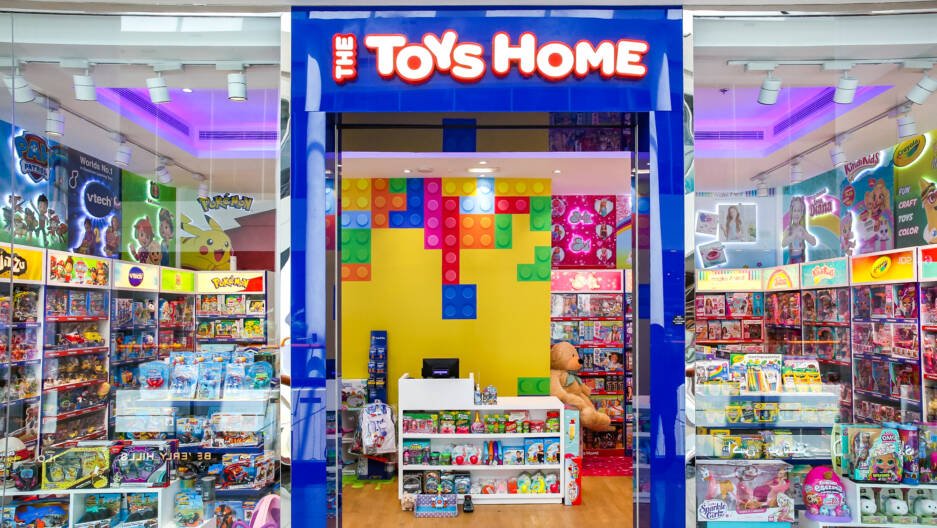Sustainable Toys: Eco-Friendly and Safe Play Options
Toys are an integral part of childhood, sparking joy, imagination, and creativity in children worldwide. However, as our awareness of environmental issues grows, so does the need for more sustainable and eco-friendly choices in every aspect of our lives, including the toys we provide for our children. This comprehensive guide will explore the world of sustainable toys, highlighting environmentally friendly options and discussing the importance of choosing them for our children and the planet.
The Rise of Sustainable Toys
In recent years, there has been a growing awareness of our consumer choices’ environmental impact. This consciousness has extended to the world of toys, where manufacturers and consumers alike are increasingly seeking sustainable alternatives. Sustainable or eco-friendly toys are designed and produced to minimize their environmental footprint.
Critical Characteristics of Sustainable Toys:
1. Materials: Sustainable toys are often made from natural, renewable, or recycled materials. Common materials include wood, bamboo, organic cotton, and recycled plastics.
2. Non-Toxic: These toys prioritize using non-toxic, child-safe paints, dyes, and finishes, ensuring they are safe for children to play with.
3. Durability: Sustainable toys are built to last. By reducing the frequency of replacements, we can minimize waste.
4. Minimal Packaging: Many sustainable toy manufacturers opt for minimal and recyclable packaging, reducing unnecessary waste.
5. Eco-Friendly Production: Environmentally friendly manufacturing processes are used to produce these toys to reduce energy consumption and emissions.
The Importance of Sustainable Toys
Reducing Environmental Impact: Plastic toys made from non-renewable resources take hundreds of years to decompose in landfills. Sustainable toys are specifically created to be more environmentally friendly. They often use biodegradable or easily recyclable materials, reducing the long-term environmental impact.
Promoting Eco-Education:
Sustainable toys offer an opportunity to educate children about environmental issues early on. They can learn the importance of reducing waste, conserving resources, and making responsible choices.
Safe and Non-Toxic:
Many traditional toys contain harmful chemicals and toxins that can harm a child’s health. Sustainable toys prioritize non-toxic materials, ensuring children can play safely without exposure to toxic substances.
Supporting Ethical Practices:
Sustainable toy manufacturers often adhere to ethical labor practices and fair wages for workers. By choosing these toys, consumers can support companies that prioritize social responsibility.
Types of Sustainable Toys
Wooden Toys:
Wooden toys are a classic and popular choice for sustainable play. These items are commonly made from sustainable materials such as bamboo or responsibly harvested wood. Wooden toys can include puzzles, building blocks, cars, and more.
Organic Stuffed Animals:
Stuffed animals made from organic cotton or other natural materials are called organic stuffed animals. They are free from harmful chemicals and are cuddly companions that children adore.
Recycled Plastic Toys:
Some manufacturers are now using recycled plastics to create toys, reducing the environmental impact of plastic production. These toys are durable and help divert plastic waste from landfills.
Eco-Friendly Art Supplies:
Sustainable art supplies include non-toxic paints, crayons made from soy or beeswax, and recycled paper. These supplies allow children to explore their creativity without harmful chemicals.
Outdoor and Nature-Based Toys:
Toys encouraging outdoor play and exploration, such as gardening kits, birdhouses, and nature-inspired games, promote a deeper connection to the natural world.
How to Choose Sustainable Toys
When selecting sustainable toys for your child, here are some factors to consider:
Material Transparency:
Look for precise information about the materials used in the toy’s production. Ensure that they are eco-friendly and non-toxic.
Durability:
Considering the toy’s durability to reduce the need for replacements, the idea is to pick sustainable toys.
Age-Appropriateness:
Ensure the toy suits your child’s age and developmental stage to maximize its educational value.
Certifications:
Check if the toy has relevant certifications, such as the Forest Stewardship Council (FSC) certification for wooden toys or the Global Organic Textile Standard (GOTS) for organic fabrics.
Local and Artisanal Options:
Consider supporting local artisans who handcraft sustainable toys. Choosing these options can result in a smaller carbon footprint when compared to mass-produced toys.
Sustainable Toys and Learning
Sustainable toys offer numerous learning opportunities for children beyond play. They can:
Foster Creativity:
Toys made from natural materials often encourage imaginative play and storytelling.
Promote Problem Solving:
Many sustainable toys, such as wooden puzzles and building sets, encourage problem-solving skills and spatial awareness.
Enhance Fine Motor Skills:
Activities like threading wooden beads or assembling small parts in wooden toys help develop fine motor skills.
Teach Responsibility:
Choosing sustainable toys and learning about their environmental benefits can instill a sense of responsibility and eco-consciousness in children.
In an era where sustainability is a growing concern, choosing sustainable toys for our children is a responsible and thoughtful choice. These toys prioritize our planet’s well-being and offer our little ones safe and enriching play experiences. By opting for eco-friendly materials, supporting ethical practices, and promoting environmental education, we can ensure that the joy of play extends to future generations while preserving the world they will inherit. Sustainable toys are more than playthings; they are a path toward a greener and more responsible future.



